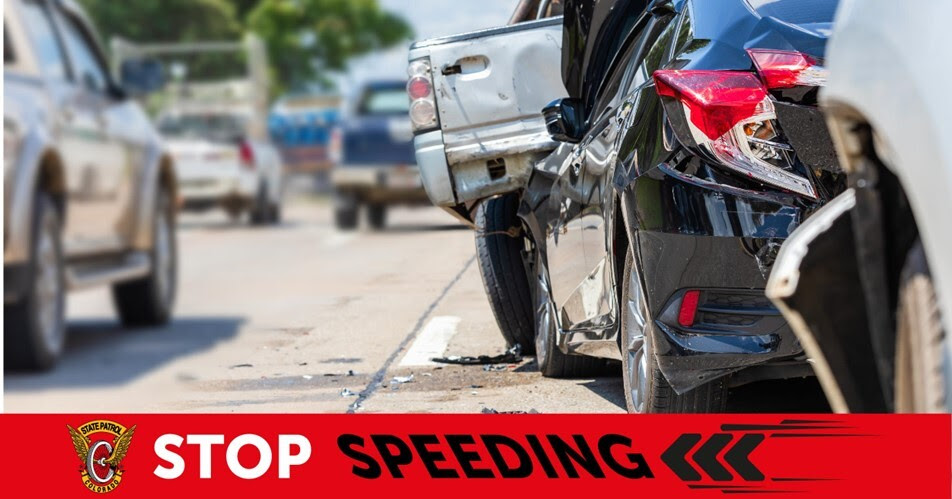(COLO) – Whether driving on a highway or community street, every motorist has experienced another driver making an unsafe lane change or being “cut off.” Unsafe lane changes often cause an emotional reaction for the driver maintaining their lane position, but how you respond can either restore a safe environment or increase the risk to yourself and other roadway users.
Preliminary data shows that last year, lane violations were the top causal factor for injury and fatal crashes investigated by the Colorado State Patrol. Current numbers show troopers investigated over 575 fatal and injury lane violation crashes. These crashes occurred consistently every day of the week, but the peak times fell between 2 p.m. and 5 p.m.
“There are several reasons that drivers may cut another person off. A person could be distracted, driving aggressively, or miscalculate the distance between vehicles,” stated Col. Matthew C. Packard, chief of the Colorado State Patrol. “Despite the frustration it causes, the reason doesn’t matter at that moment. Instead of reacting, create distance and space between you and that driver. You matter more than any real or perceived affront.”
When making a lane change, drivers must wait for a gap in traffic to leave a safe distance between vehicles. Once a driver sees an opening, turn on the turn signal and check all mirrors and blind spots to move into the desired lane safely and smoothly. Unsafe or aggressive lane changes can cause crashes when another driver doesn’t have time to react.
“If someone cuts you off, the worst thing you can do is create a new hazard by reacting out of anger or frustration,” stated Chief Packard. “Don’t escalate the situation. It’s very possible that the initial incident was never about you and you can regain control of the situation by putting space between you and that driver.”
If you encounter an aggressive driver putting other motorists at risk, the aggressive driver should be avoided by getting out of the way, not making eye contact, or indicating disapproval of their driving behavior. Contact the Colorado State Patrol as soon as safely possible by pulling over and calling *CSP (*277).
Be prepared to provide the following information: vehicle description, license plate number, location and direction of travel, driver description, and the aggressive driving behavior being demonstrated.

Troopers are taking a low-tolerance approach to the top fatal crash factors, including lane violations and speeding while launching a three-month campaign called “Stop Speeding.” This campaign wants every Colorado driver to break the myth that speeding is a “victimless crime” and encourages you to drive like a trooper is riding with you.
###
ABOUT THE COLORADO STATE PATROL
Since our origin in 1935, the Colorado State Patrol (CSP) has focused on preserving human life and protecting property within our communities. Our 1,100 members embody the core values of Honor, Duty, and Respect in their daily jobs. In addition to our expertise in motor vehicle safety on the state’s roadways, the CSP is responsible for the Governor and other dignitaries’ protection, commercial motor vehicle enforcement, hazardous materials, homeland security, communications, investigative services, criminal interdiction, community education, aviation operations, and more.